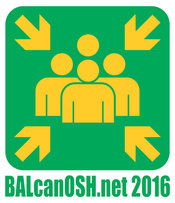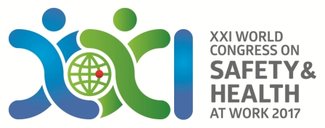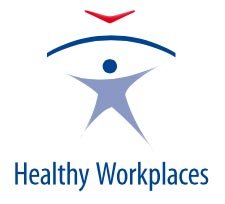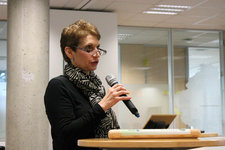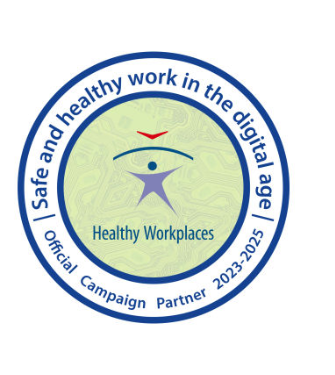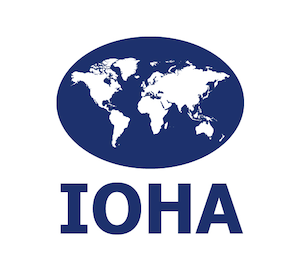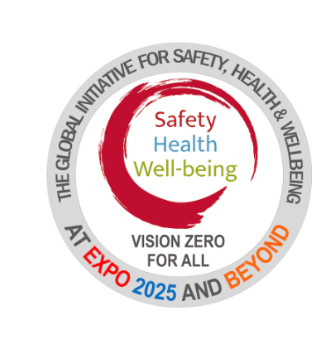3 - 6 September 2017, Singapore
29. Aug 2016 /
ENETOSH is an official campaign partner
18. Aug 2016 /
Read more … EU-OSHA Healthy Workplaces for All Ages campaign
finds ‘dearth’ of adequate safety advice in the UK
18. Aug 2016 /
For mainstreaming OSH into education
10. Aug 2016 /
24 - 25 August, Suntec Singapore
11. Jun 2016 /
Joint Workshop on Mainstreaming OSH into Education
11. Jun 2016 /
Joint Workshop: Sharing Knowledge for Global Prevention, 15 – 16 October 2015, EU-OSHA Bilbao
11. Jun 2016 /
New network member from Nigeria
22. May 2016 /


